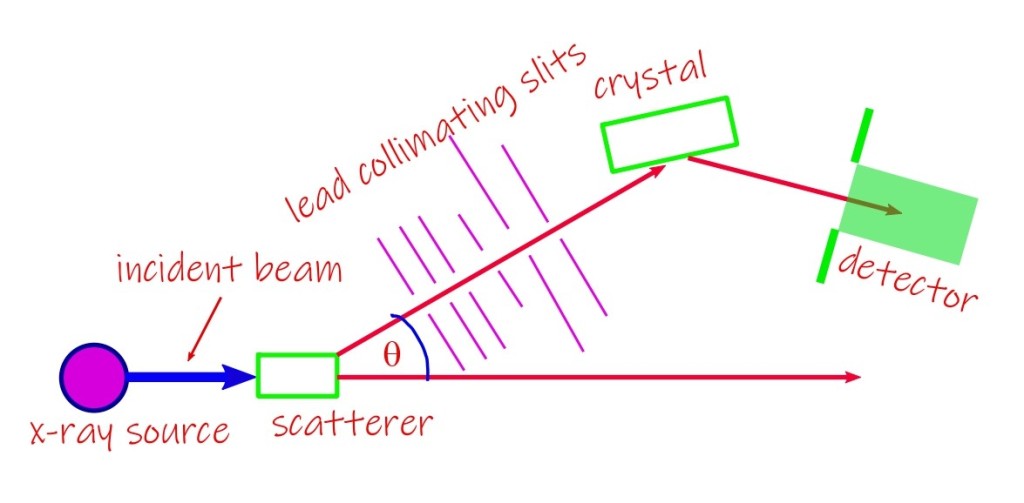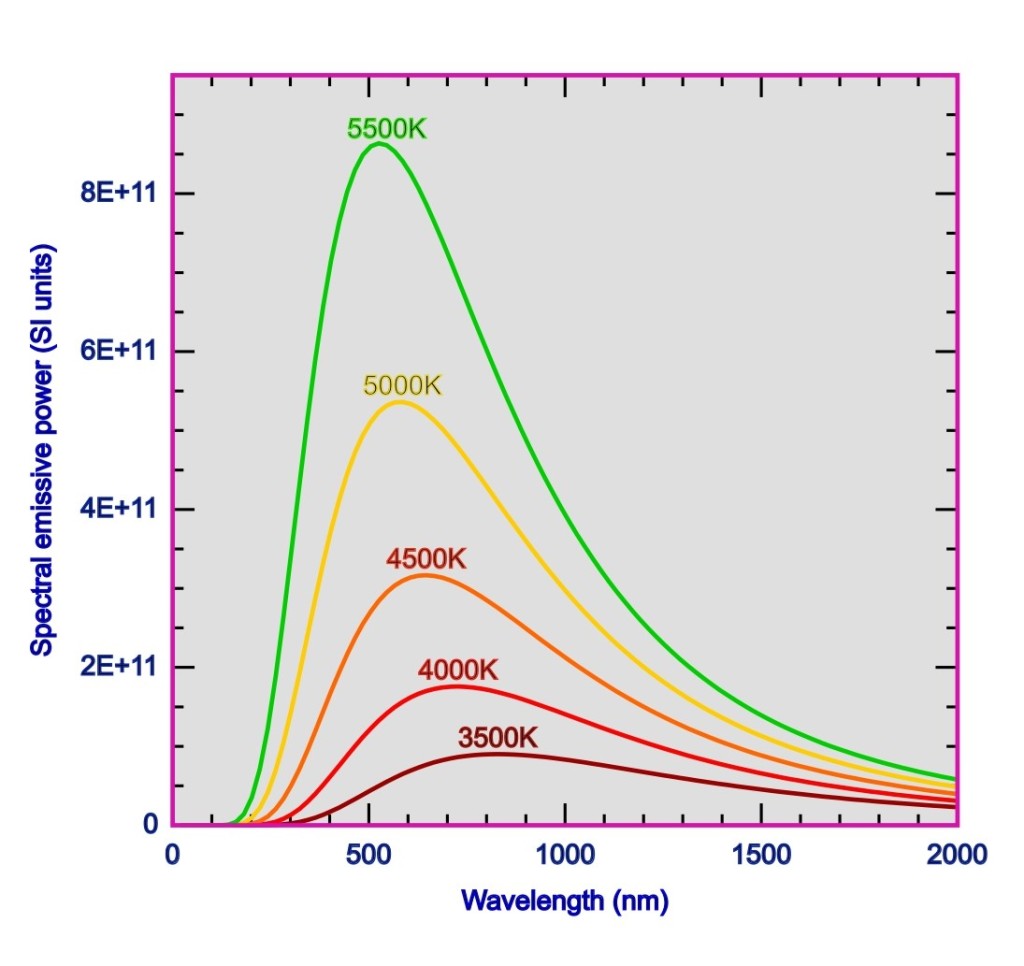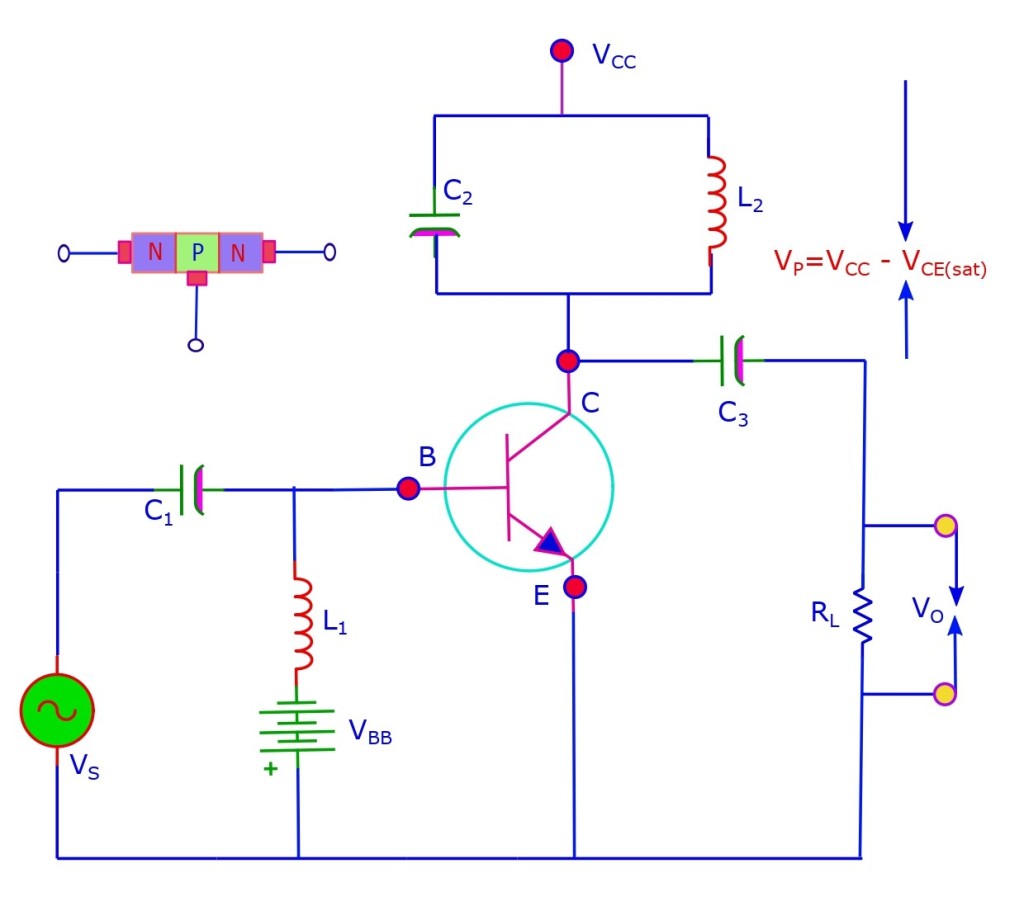Category: Lectures on physics
-

Compton effect, Quantum Lecture 3.
As we have mentioned earlier, we would be discussing a few experiments that elucidates the nature of the new theory based on the ideas of quantization and wave-particle duality. This lecture will be an addition to the phenomenon of photoelectric effect that we discussed in our last lecture, as an example of how a classical…
-

Photoelectric Effect, Quantum Lecture 2.
In 1886-89, (at the age 29-31, and deceased barely at the age 36) Heinrich Rudolf Hertz, a German physicist, performed experiments in which he conclusively established the existence of electromagnetic waves, proposed by the theoretical works of James Clerk Maxwell, a Scottish scientist who unfortunately did not live to see this. Maxwell lived only for…
-

Black body radiation, Quantum Lecture 1.
This article belongs to a group of lectures I intend to prepare for their online dissemination — no hand written notes of the same is available as I did not deliver these lectures, its an attempt at on-the-fly preparation of the concepts, exclusively available at this website. This series is on quantum mechanics and bears…

